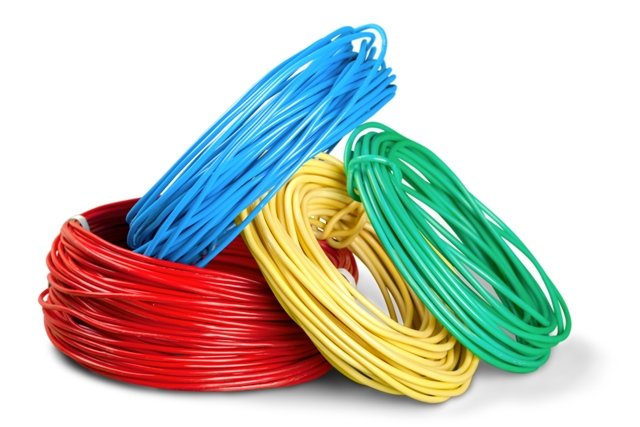This article focuses on how to choose the right insulation sheath for underground installations
Before we start the project, let’s look at what are the main applications for tracer wire projects?
Open cut or open trench?
Horizontal directional drilling or plowing?
Blasting pipes
What types of sheaths are generally available on the market?
HDPE, PVC, THHN
HDPE (High-Density Polyethylene) is harder, stronger, and slicker. Its point is that it is chemically resistant and the builder can bury it directly into the ground. HDPE is the best insulation for directional drilling, ploughing, and pipe bursting. This insulating material has less resistance, but still maintains a high strength in these applications.
Polyvinyl chloride (PVC), is a heat resistant, moisture resistant, and flame retardant compound with a temperature rating of 105°C.
THHN/THWN building wire for tracer wire projects has good resistance to oil, gasoline, water, acids, ozone, sunlight, and abrasion.
In conclusion, HDPE is a polyolefin hydrocarbon with a high molecular weight and is the only material we use for insulation. HDPE is tougher, chemically resistant, has a higher melting point, and has good low-temperature properties.


